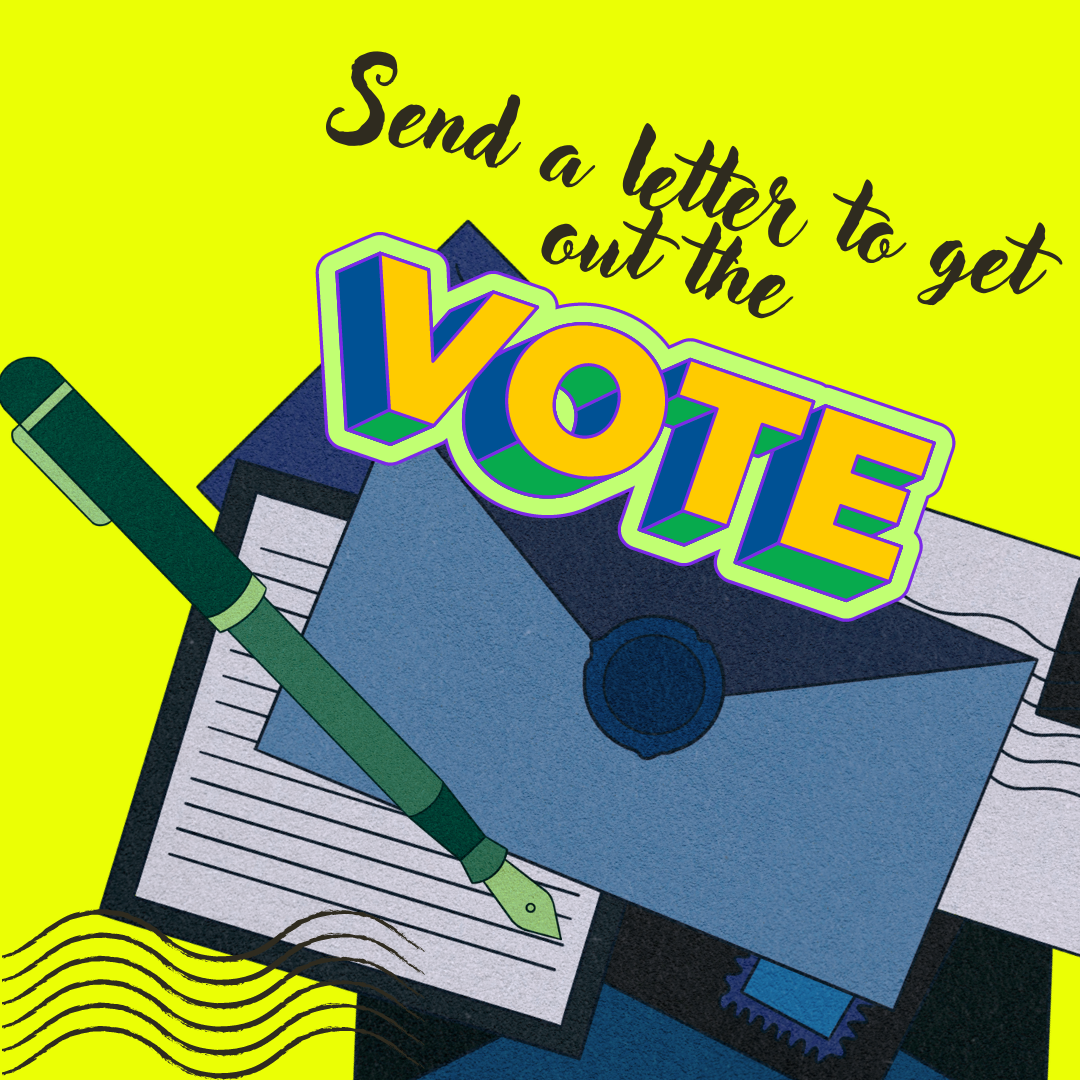
Resources
Voting
Climate Action
Mutual aid is when people help each other meet basic needs, knowing that current systems aren’t. We can take care of each other now, and we don't have to wait for someone else. Here are resources to get started with your friends & family or seek out new community.
In 2019, New York passed one of the most ambitious climate laws in the US: the Climate Leadership and Community Protection Act. Under CLCPA, New York must be off fossil fuels, the drivers of climate change, by 2050. Read this post to learn more about the law, and the milestones we're supposed to meet to get to our goals. Spoiler: As of 2024, we are not on track.
Disasters don’t befall all communities equally, and public infrastructure for disaster relief doesn't either: BIPOC communities are more likely to be hit harder on both fronts. We hope some of these tips help us take steps and build community along the way.
Extreme heat is a serious threat, and it is likely to get worse with climate change. To prepare, we share a few things you can do.
NYC still sends to landfills or incinerates food scraps that could be composted instead. See a list of places to compost and grow systems of access.
What is composting? And why do it? Learn about the science, its effects on climate change, and how our post industrial garbage practices poison BIPOC and lower-income communities.
Ineffective CBAs have co-opted low-income communities and misled the public, by generating support for development projects without delivering real community benefits, notes this guide by the Partnership for Working Families. The guide walks through how to design effective CBAs — and spot signs of ineffectiveness.
Community Benefits Agreements (CBAs) have become a powerful tool by community groups in land-use planning, race equity, and environmental justice, notes author Hannah P. Stephan in Minnesota Journal of Law & Inequality. But whether CBAs are enforceable in court depends on several factors, from the perspective of the community organizations.
2023 marked one of the largest public investments in climate action in American history. But behind the large sums of the Infrastructure Reduction Act (IRA) is a maze of capital deployment, says Ana Baptistadana Johnson in Common Dreams, including in carbon capture and sequestration (CCS), utilization (CCUS), and direct air capture projects, that often enable further fossil fuel reliance.
Be inclusive; organize bottom-up; let people speak for themselves; solidarity and mutuality; just relationships; commit to self-transformation.
Rewiring America estimates that to achieve zero emissions, we need to install 1 billion new machines, or 50 million machines a year for the next 20-25 years. We can do it!
Principles to build a BIPOC movement to fight the destruction and taking of our lands and communities, re-establish spiritual interdependence to the sacredness of Mother Earth; respect and celebrate our cultures and beliefs about the natural world and our roles in healing ourselves; promote economic alternatives; and more.
A study suggests that mainstream climate change news doesn’t spark change. Instead, it might be backfiring, provoking denial and avoidance.
Heat pumps are a cheap and efficient way to handle home heating and cooling. They’re also one of the best ways to reduce carbon footprint.
How narratives have been shaped by techno-science analyses and solutions and left out or poorly interpreted the roles that colonialism, social structures, and worldviews have played in getting us to this point.
NYC Local Law 97 places carbon caps on most buildings larger than 25,000 square feet. Caps phase in starting in 2024 and get more stringent from there.
A community benefits agreement is a contract between a developer and neighborhood group and/or coalition requires the developer to provide specific community benefits in exchange for community support.
Cities are responsible for close to 70-80% of global CO2 emissions associated with energy consumption.
NY’s Climate Leadership & Community Protection Act: NY is legally bound to get off fossil fuels by 2050
In 2019, New York passed one of the most ambitious climate laws in the US: the Climate Leadership and Community Protection Act. Under CLCPA, New York must be off fossil fuels, the drivers of climate change, by 2050. Read this post to learn more about the law, and the milestones we're supposed to meet to get to our goals. Spoiler: As of 2024, we are not on track.
How big banks fund climate injustice, and some ways to take action
What is a narrative and how might it center justice?
Preparing for disaster
Disasters don’t befall all communities equally, and public infrastructure for disaster relief doesn't either: BIPOC communities are more likely to be hit harder on both fronts. We hope some of these tips help us take steps and build community along the way.
Resources to cope with extreme heat
Extreme heat is a serious threat, and it is likely to get worse with climate change. To prepare, we share a few things you can do.






















